NEED HELP CHOOSING THE RIGHT STOVE?
Take our stove test to find the right model based on your adventure, cooking style and group size.
How Primus Stove Burners Work
At first glance, our stoves may look similar. But what sets them apart is the burner—how it’s built, how it behaves, and how it performs in different conditions. Whether you're cooking for one or for a group, in summer or sub-zero temperatures, the right burner setup makes all the difference.
This guide breaks down burner types, technologies, and performance features to help you choose the setup that fits your needs. For help choosing a stove based on activity and group size, read our guide Choose the Right Stove.
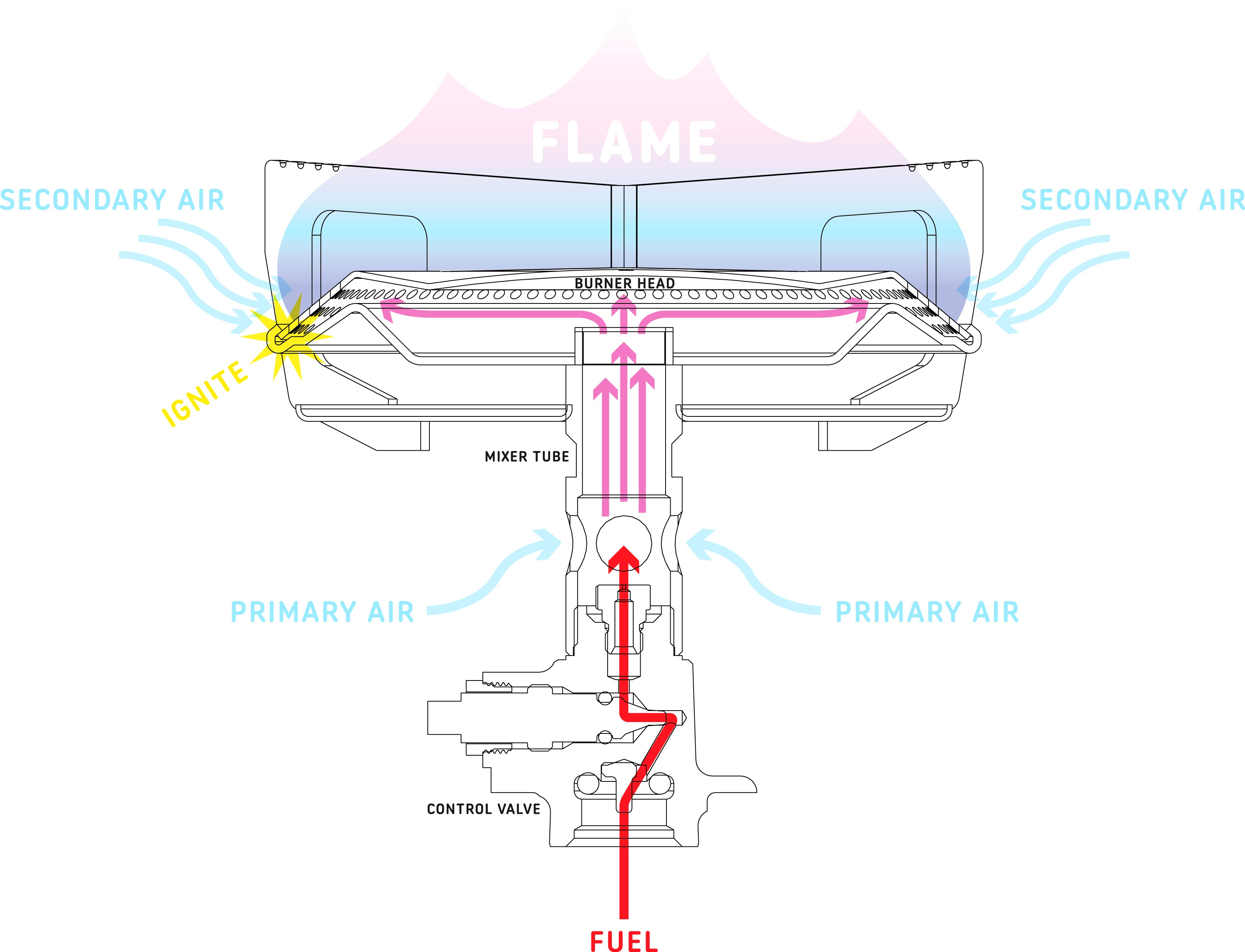
How combustion works
Every flame needs three things: fuel, air and heat. In a stove, the fuel travels through the valve, mixes with air in the mixer tube, and ignites into a flame in the burner top. How this combustion is controlled – by burner design and technology – affects heat output, efficiency, wind resistance and more.
Fuel types: Gas or Multifuel
Primus burners run on either gas or liquid fuels (used in what's known as multifuel stoves). Gas is the most common choice, but since gas canisters aren’t allowed on planes, a multifuel stove is a better option if you're flying or unsure about local fuel availability.

Gas burners
Gas stoves are simple, clean and easy to use. Fuel comes in pre-pressurized canisters and is controlled by a valve. Gas burners are lightweight, quick to set up, and ideal for most adventures.
Primus offers three gas blends—Power, Summer and Winter Gas—for reliable performance across different temperatures.
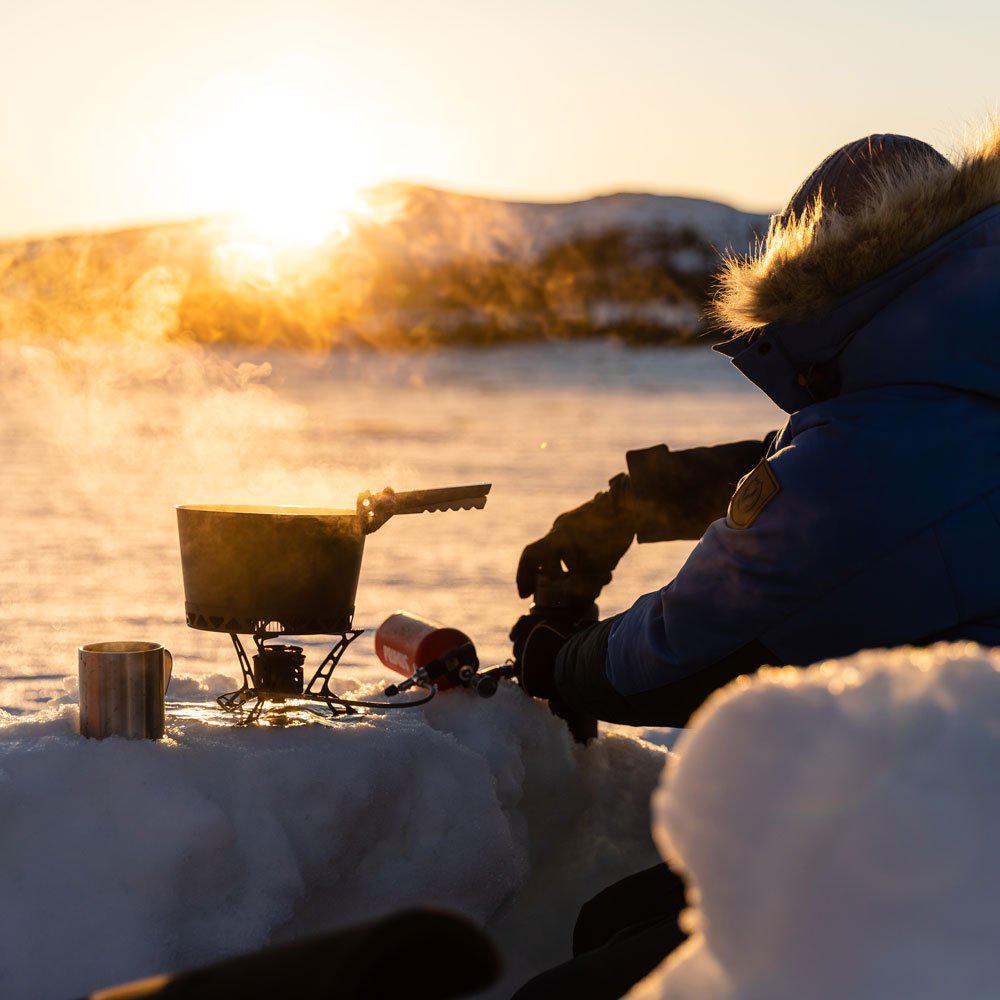
Multifuel burners
Our multifuel stoves run not only on gas canisters, but also on various liquid fuels such as white gas, kerosene, diesel, or even aviation fuel. They require preheating and are used with a fuel bottle and pump. While slightly more complex to operate, they perform reliably in extreme cold and at high altitude.
Multifuel burners are louder than gas burners, but models like OmniLite Ti can be paired with a silencer (not compatible with all fuels).
Multifuel stove for 1–4 people – fuel bottle and pouch incl.
Windproof, powerful gas stove for extreme environments, 1–2 people
Canister position: top-mounted or remote
The position of the gas canister affects both stability and cold-weather performance. In short: upright canister stoves are compact and ultralight, while remote canister stoves offer better stability and winter capability.
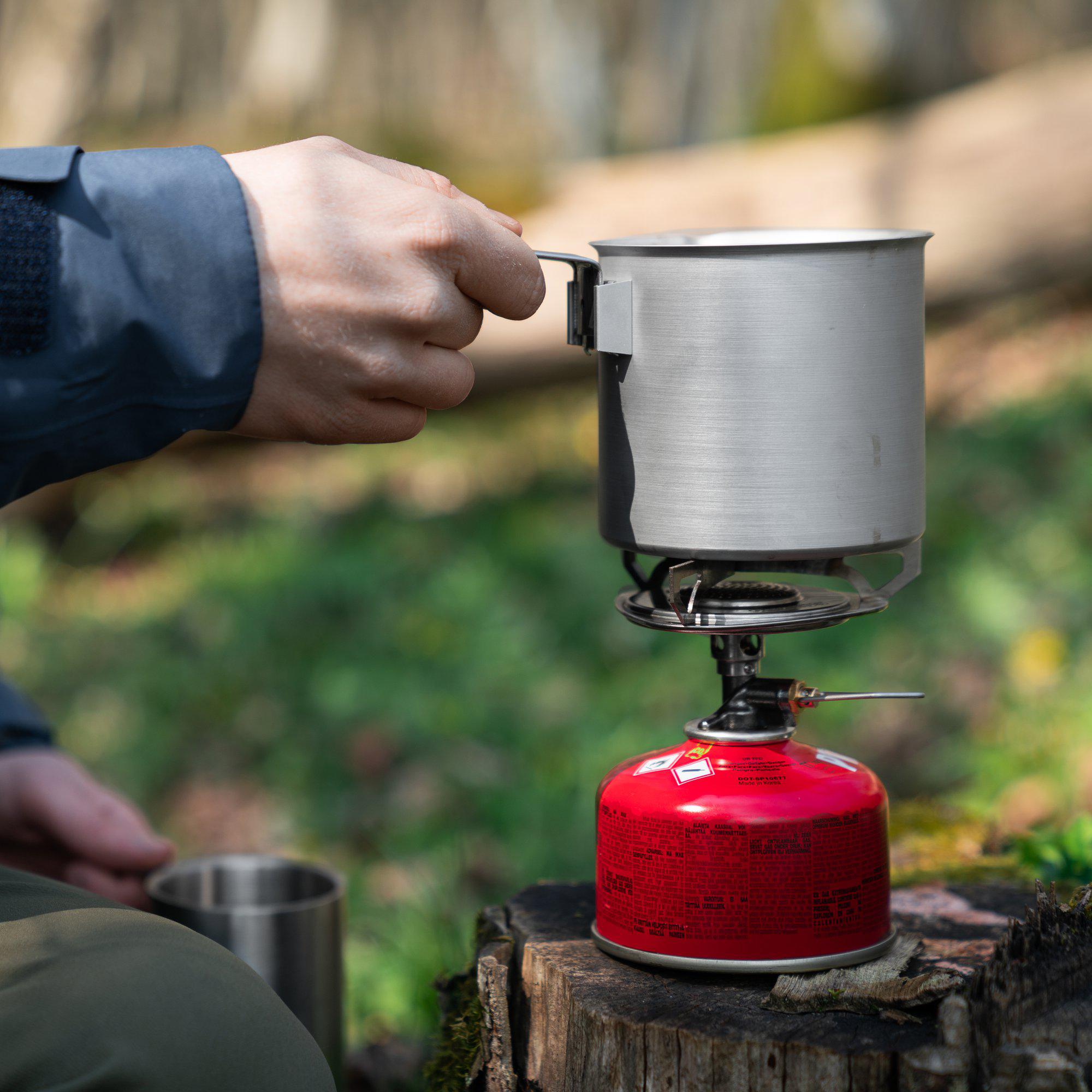
Top-mounted stoves
Also known as sit-on-top-stoves, upright canister stoves or standard canister stoves, these screw directly onto the gas canister. The setup is simple and compact—ideal when you want a quick setup and minimal fuss in fair-weather conditions.
Durable gas stove with pots and frying pan for 1–3 people
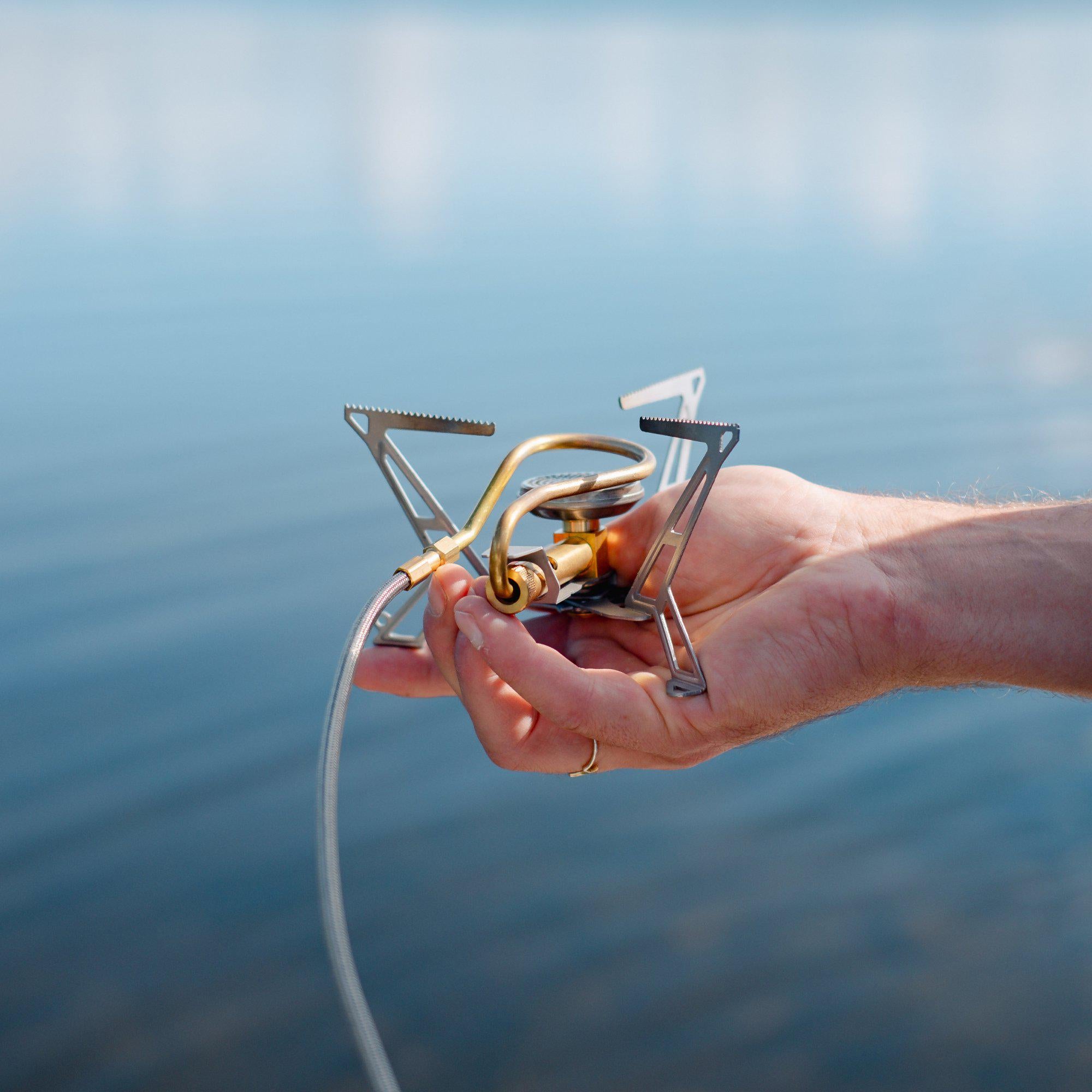
Remote canister stoves
These use a hose to connect the burner to the gas canister, which is placed off to the side. This lowers the center of gravity and increases stability, especially when using larger pots. Many also support inverted canister use, which improves cold-weather performance.
Windproof, powerful gas stove for extreme environments, 1–2 people
Burner technologies: Blue, Radiant & Multifuel
Primus uses three main types of burner technologies, each designed for different conditions and cooking styles.
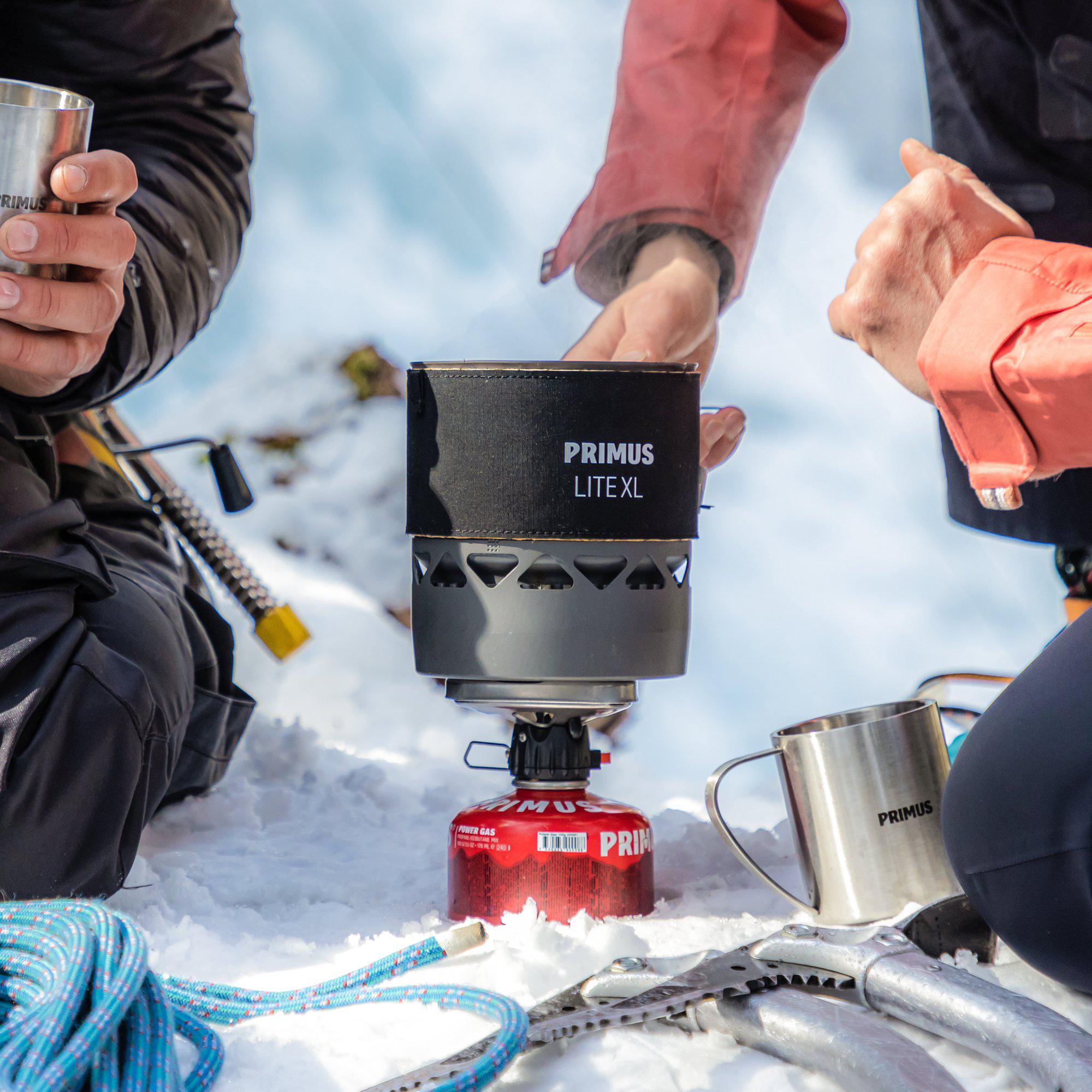
Blue Flame Burner
Also known as a Bunsen-style burner, this is the most common type. Fuel and air mixes in the burner mixer tube and burner ports, producing a clean, high-temperature blue flame. It’s efficient, soot-free and ideal for general outdoor use.
Several Primus stoves feature our patented Laminar Flow Burner. By mixing gas and air in smooth, laminar layers rather than turbulence, the burner can sit closer to the canister, resulting in a more compact, efficient and quieter design that uses less fuel.
Laminar Flow is used in stoves mounted above the gas cartridge, top-mounted stoves, and remote canister stoves. In the remote canister setup, a preheating element sits in the flame and directs heat down to the gas connection. This allows the use of an inverted gas canister, which improves cold-weather performance.
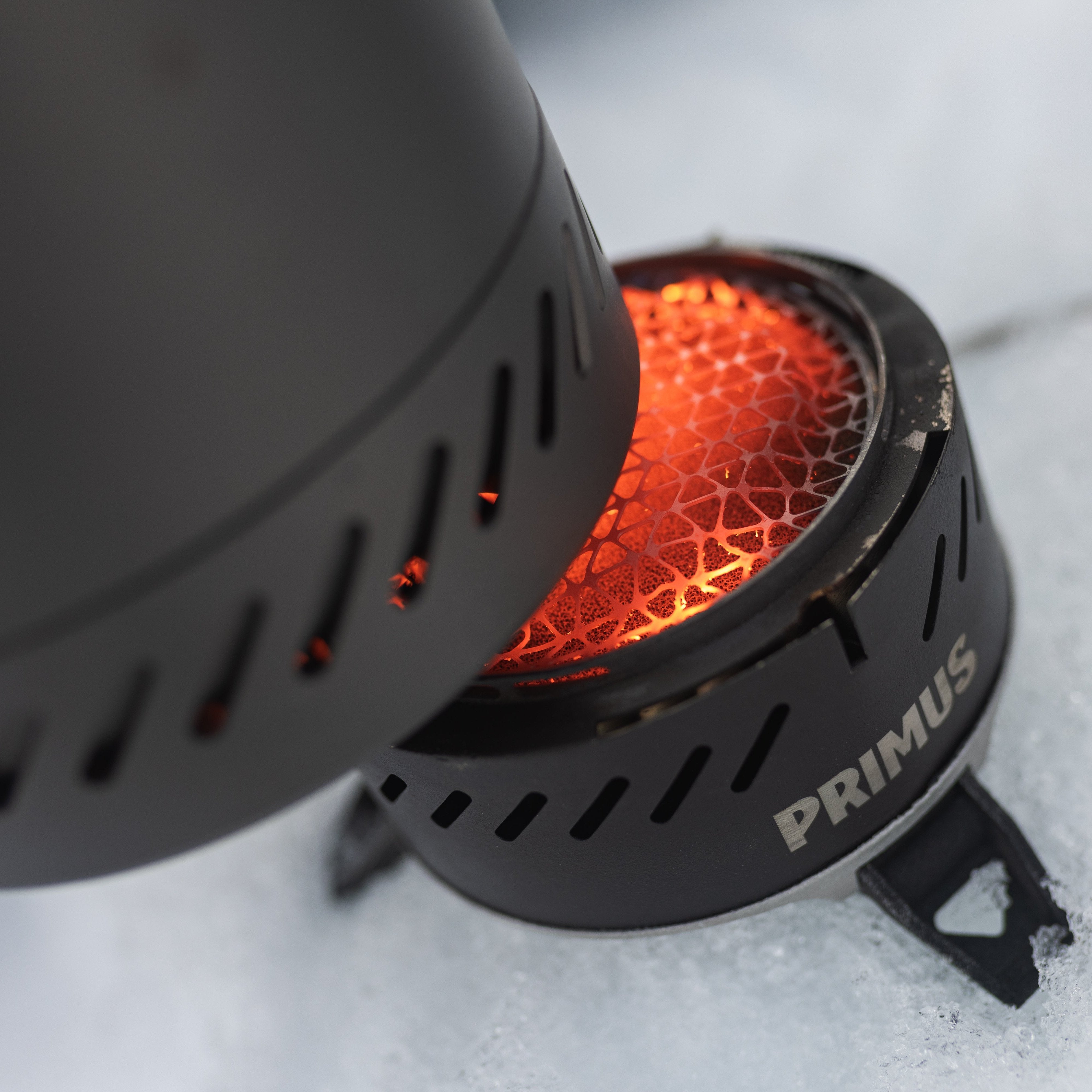
Radiant Foam Burner
Used in the Ulti stove, this burner type combusts fuel inside a porous foam structure and emits infrared heat instead of a visible flame. The result is high wind resistance, excellent cold-weather performance, and efficient heat radiation.

Multifuel Burner
Multifuel burners run on both gas and liquid fuels. They rely on preheating, a fuel bottle, and a pump, and use different nozzles depending on the fuel type. Designed for tough conditions, they offer maximum flexibility and strong output in any environment. However, they do require some practice to use correctly and efficiently.
Primus burners produce two types of flame—narrow or wide—each suited for different cooking needs.
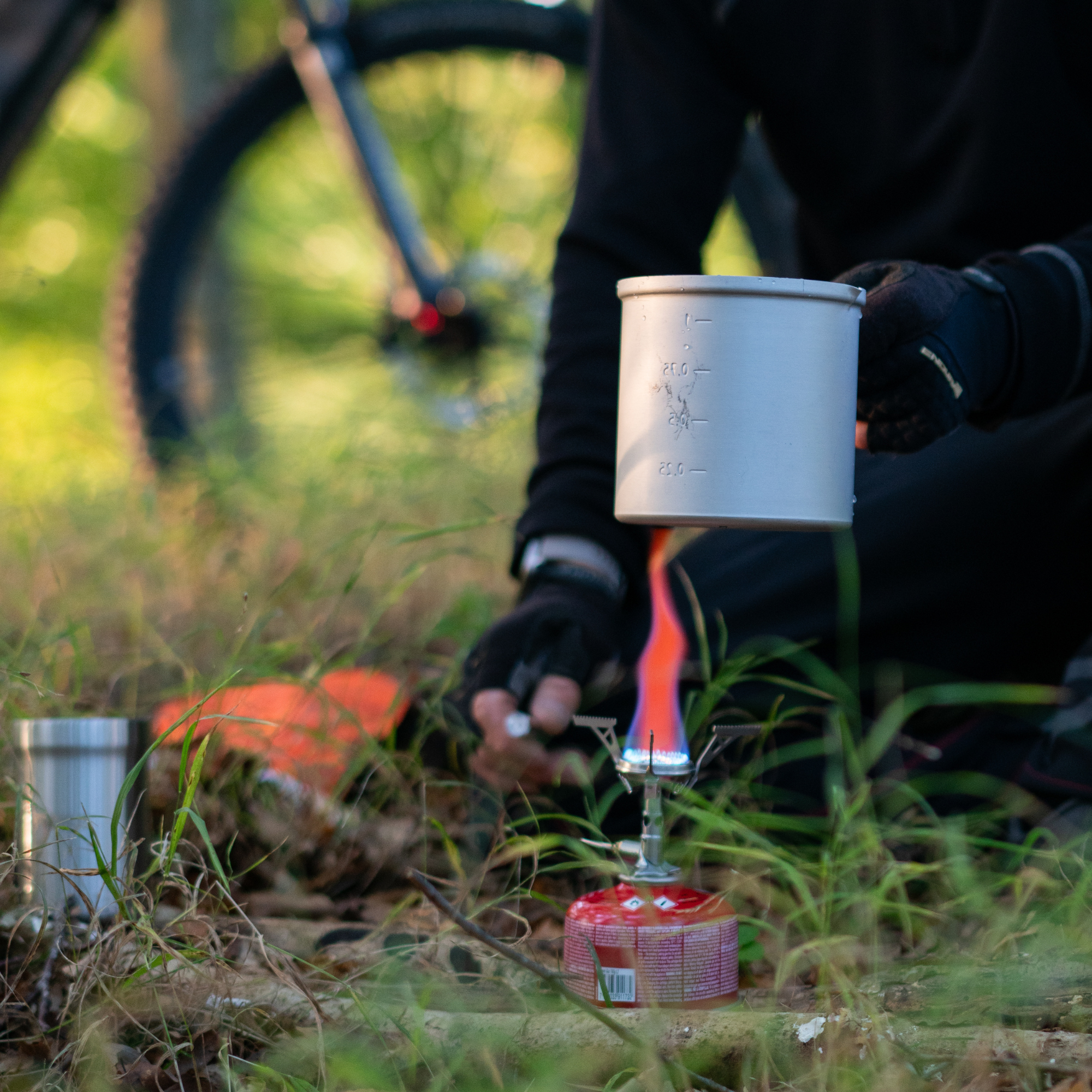
Narrow, pointed flame
Focused and wind-resistant. Especially effective with Primus heat exchanger pots, making it ideal for quickly heating small pots and frying pans in slightly windy conditions. Note: The concentrated heat requires caution when frying with thin cookware.
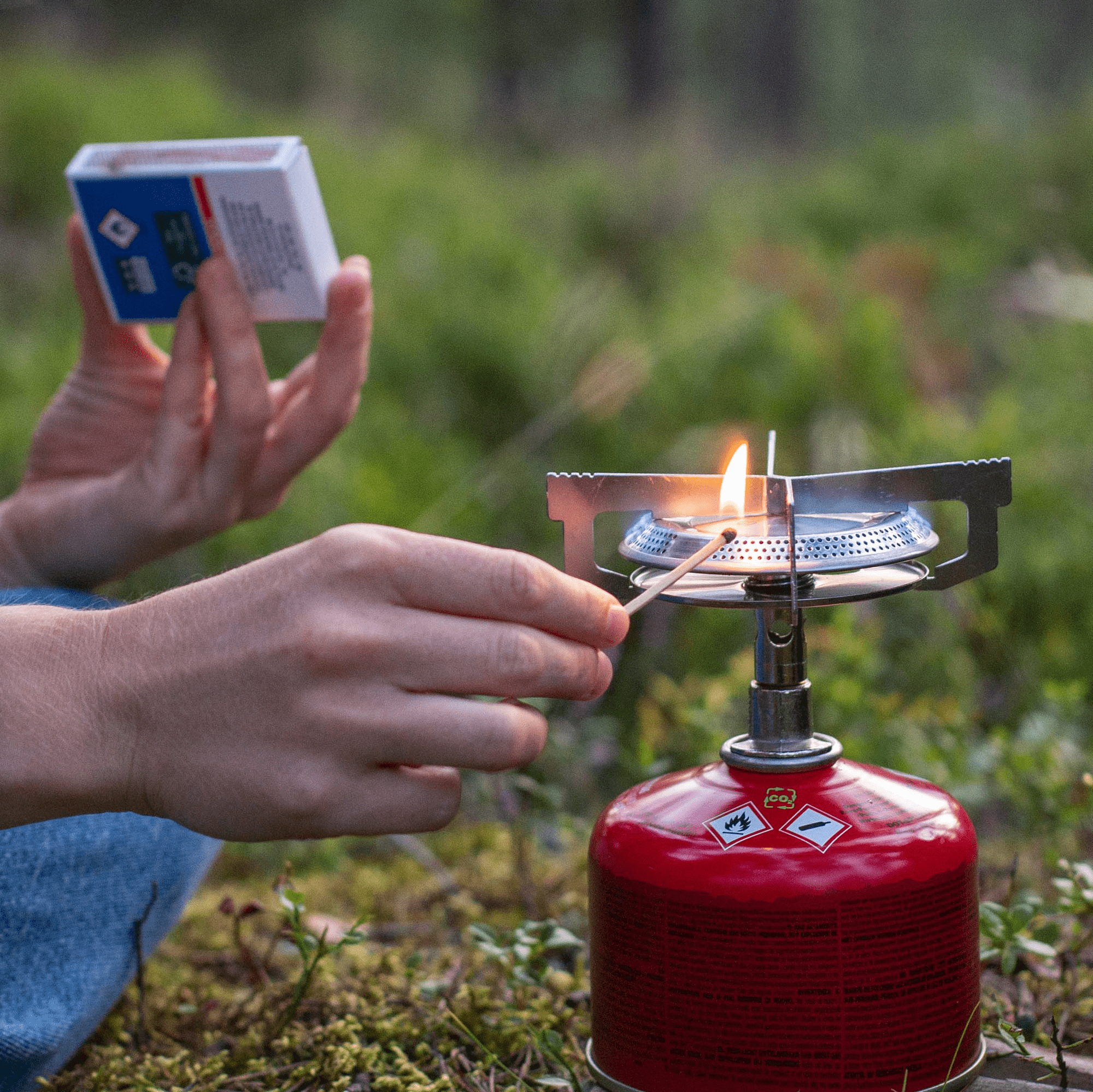
Wide flame
Covers more surface area for even heat distribution. Ideal for heating larger pots and frying pans, especially when cooking for several people. Note: A larger burner may weigh a bit more and take up more space in your pack.
Performance Enhancers
Some features don’t change the burner itself, but greatly improve how your stove performs in real conditions.
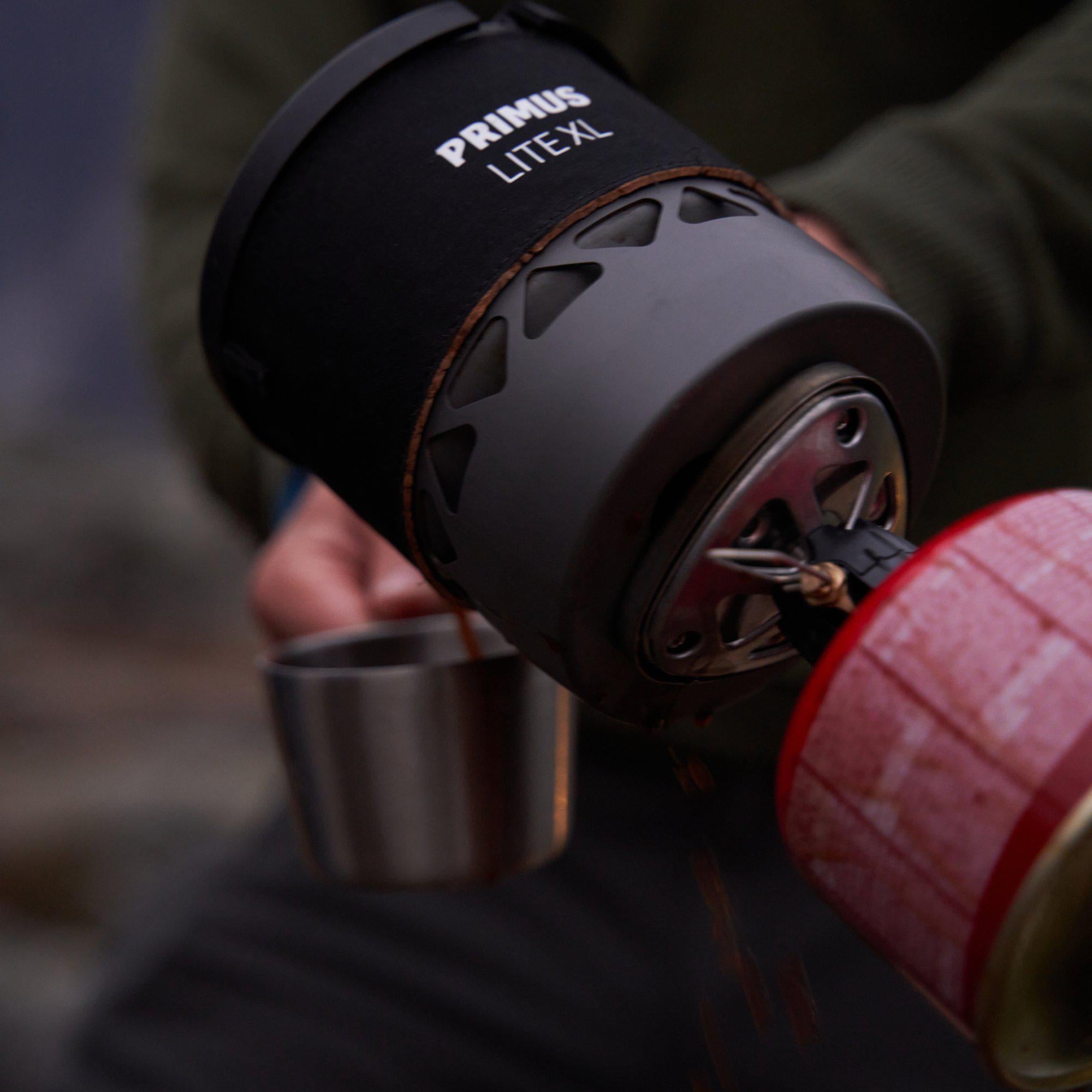
Heat Exchanger
In a selection of Primus cookware, heat exchangers are integrated into the base to boost cooking efficiency. The finned metal design (grooved ridges that increase surface area) improves heat transfer from the burner flame to your food or drink, making it especially effective in windy conditions. This shortens boil time, reduces fuel consumption by up to 50%, and allows you to carry less fuel overall—whether you're out in summer or winter.
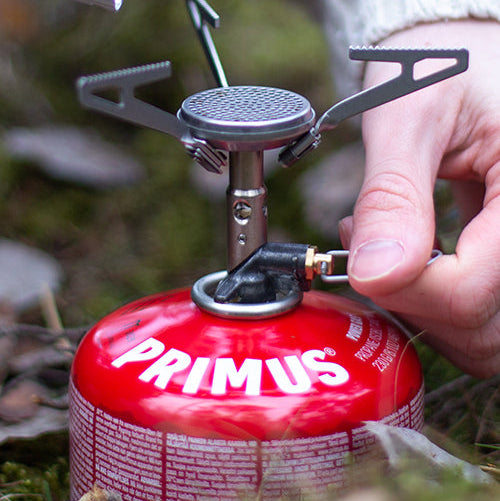
Pressure Regulator
Gas pressure in a canister changes with temperature, altitude and fuel level. A pressure regulator adapts automatically to these changes, ensuring a steady flame and better performance, especially in cold conditions or when the canister is running low. Unlike a standard valve, which simply opens or closes, the regulator adjusts the gas flow continuously for optimal efficiency and control.
Please select your store